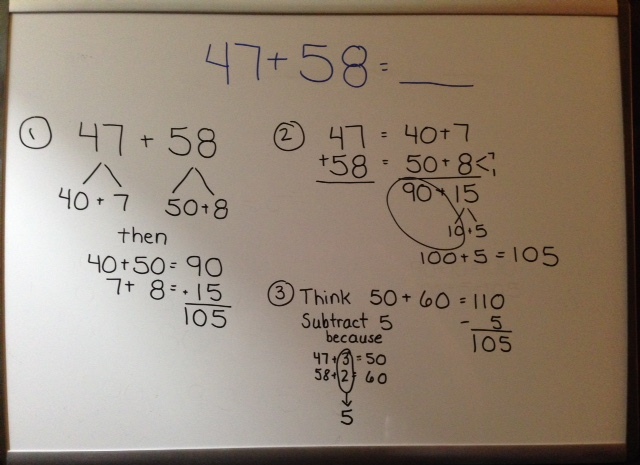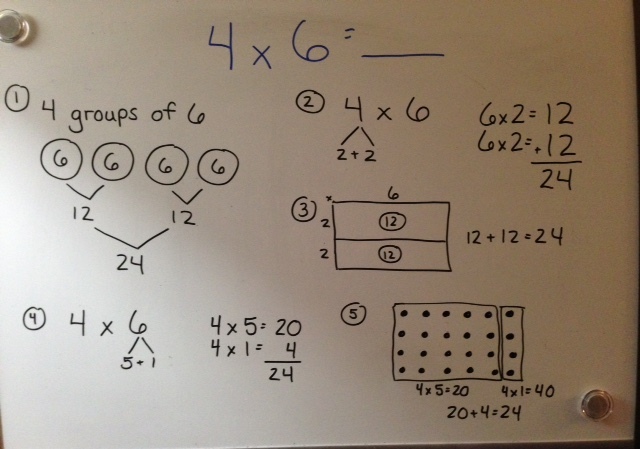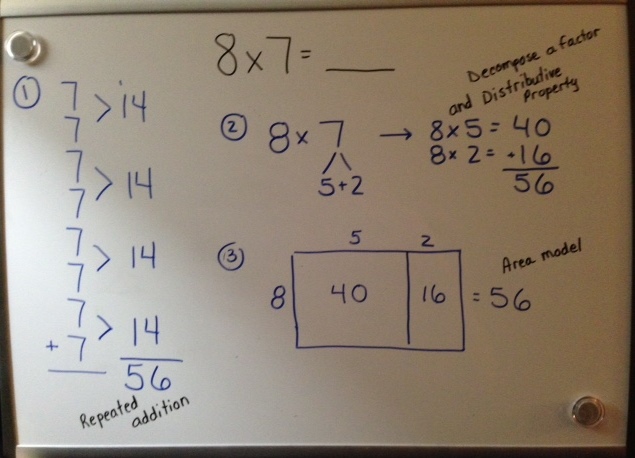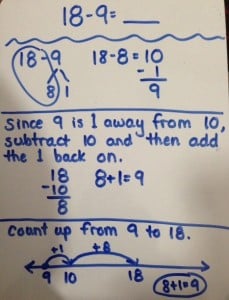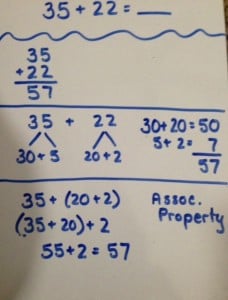by C. Elkins, OK Math and Reading Lady
This is part 3 of my “Daily Math Meeting” posts. I will share several different fun and motivational math activities that can be done in just a few minutes on a daily basis — all of them building number sense and reviewing concepts of subitizing, number bonds, addition, subtraction, less, greater, even, odd, etc.
Number of the Day / Week
You can look on Pinterest or TPT and see many good resources on this topic – from daily review sheets to bulletin board products. Here’s my take on it (depending on your grade level). If you are KG, then I suggest a number of the week, building from 1-10 at first (for the first 10 weeks). Focus on #1 the first week, #2 the second and so on. Really go in depth with each number, revealing a little bit each day. Then after the 10th week, repeat. This will give students adequate time to focus on each number in depth. See the attached PDF for some of my slides regarding this topic. daily-practice-to-build-number-sense-pdf
Monday: “Our number this week is one.” Here’s what it looks like (show the numeral 1).” Students say the number and make it in the air. Teacher shows how to write it. Then show a representation of the number (such as putting something in a jar or posting on the board).
Tuesday-Thursday: Review the above and then show another way to represent the number (maybe 1-2 more each day). Examples: Five or Ten frame, dice, domino, fingers on a hand, place on the number line, word form, tally mark, random dot. Talk briefly about how the patterns help you remember the amount without counting them (which is subitizing). When showing the 4 on a dice, notice that “if you connect the corners, you make a square.” Then when showing 5, notice that, “it’s like 4, but with a dot in the middle.”
Friday: Quickly review previously posted information about your number. Share a problem involving the number. “I had nothing in this jar, and then I put 1 marble in it. How many marbles are in there now?” Along with this type: “Look, I have a marble in my jar. That means I have how many? (Students answer with “one.”). “What if I take this 1 marble out? How many will there be in the jar?” Share other concepts of this number such as (uno, single for one; or double, twin, duet for two, etc.)
When working with numbers 2-10: You will also start focusing on number bonds. Using 2-color counters on a ten frame, show (and let students think of) different ways to make the number of the week. Example for #5: 1 red, 4 yellow; 2 red, 2 yellow; 3 red, 2 yellow; 4 red, 1 yellow; 5 red, 0 yellow; 0 red, 5 yellow. You don’t even need to make an equation yet. Just say “1 and 4 makes 5; 2 and 3 makes 5 . . .”
For first or second grade: I have two thoughts on this. You could do a number of the day utilizing the calendar date as your number. This means if it’s the 14th of the month, you are focusing on #14. This also means you would repeat these numbers each month – thus giving more exposure to the numbers students are most likely using on a regular basis. You could add the following concepts to your discussion: place value with tens/ones (in straw bundles, stick bundles, or posting sticky dots on ten frames); expanded notation (14 = 10 + 4); concepts of odd and even, and how to make the number using coins.
Second thought is this: Keep track of the number of days of school (for those of you who like to celebrate the 50th and/or 100th day of school), but choose a number of the day or week to focus on so you can review those very important number concepts and number bonds with numbers from 0-20. Part of your board could have a whole/part/part section to show a way to break apart your number. Continue reading
 If you are just tuning in, please refer to NT Parts 1 and 2. As I mentioned before, conducting a Number Talk session with your students is a chance for them to explain different ways to solve the same problem. This is meant to highlight strategies which have already been taught.
If you are just tuning in, please refer to NT Parts 1 and 2. As I mentioned before, conducting a Number Talk session with your students is a chance for them to explain different ways to solve the same problem. This is meant to highlight strategies which have already been taught.